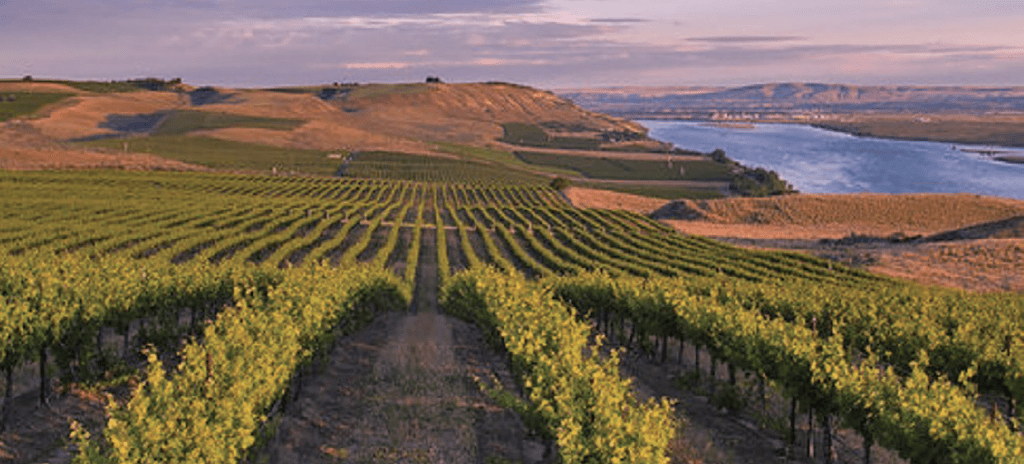Jun 16, 2021Columbia Basin water availability topic of forecast
Changing climate, crop needs, and population growth are among key factors influencing when water will be available and where water will be needed in Washington’s Columbia River Basin. That’s according to a new report being prepared by the Washington Water Research Center at Washington State University, in cooperation with the Washington Department of Ecology.
Every five years, Ecology’s Office of Columbia River looks forward 20 years to examine how these variables affect communities, farms and fish. The office is finalizing work on the 2021 edition of the Columbia Basin Long-Term Water Supply and Demand Forecast with WSU.
Interactive workshops planned online
Draft findings will be presented at two online workshops in June where researchers will explain how changes in water supply and demand may lead to vulnerabilities in water availability in 2040 and beyond. Question-and-answer sessions and breakout groups will allow participants to review and comment on the preliminary findings. A final report will be sent to the state legislature in November.
Water managers use the forecast to plan and implement policies and projects to assure water is sufficient now and in the future. Planning is especially crucial for arid Eastern Washington, where snowmelt feeds the Columbia River and its tributaries.
In addition to supporting a robust agricultural economy through irrigation diversions, the basin hosts important fish species relying on streamflows and habitat for migration and spawning. Access to both groundwater and surface water are increasingly sought after by growing communities.
“Anyone who has an interest in water management in Eastern Washington will likely be interested in the forecast,” said Dr. Jennifer Adam, the forecast project director and professor of civil and environmental engineering at WSU. “This includes farmers, tribes, boaters, those who fish, and communities throughout the region.”
Shifting supply, demand
As suggested in earlier reports, average temperatures will continue to increase in the Pacific Northwest and the region will see more rain and less snow. This is likely to add to the decline of seasonal tributary flows, causing concerns for endangered fish species and increasing overall competition for water.
The new report indicates agricultural demands may come earlier as crops mature faster, due to changing climate. Water demands are likely to increase in some areas of Eastern Washington, with higher agricultural demand in the Okanogan and most of the eastern slope of the Cascades, and greater residential demand in the heart of Central Washington and the Yakima basin.
Combined, these increased demands may lead to streamflow deficits and more frequent water use curtailments. Meanwhile, declining groundwater trends are occurring in many areas across Eastern Washington.
Taking feedback into consideration, the final report will provide Ecology a basis for planning to address these future challenges, in collaboration with water resource managers and partners across the region. “This helps lay the framework for decision makers to invest in water supply development projects to support the water needs of future water users” says Melissa Downes, Ecology’s project lead with the Office of Columbia River.
Commenting opportunities
Comments will be accepted June 2 to July 2. Go online to register for the workshops, review the report, and make comments. Comments in writing may be submitted to:
Jennifer Stephens
Department of Ecology
1250 W. Alder Street
Union Gap, WA 98903-0009
Questions about commenting, contact [email protected], 509‑575‑2396.















